Radar studies of ice at Mercury may help Artemis Program
Thursday, 17 March 2022 03:18 Despite being the closest planet to the Sun, some craters on Mercury's poles contain ice. The deposits, which were first detected in the early 1990s, were thought to be thick layers of nearly pure water ice. A new study published in the Planetary Science Journal was able to characterize the icy deposits in Mercury's north pole in greater detail and has provided a more robust way of finding and s
Despite being the closest planet to the Sun, some craters on Mercury's poles contain ice. The deposits, which were first detected in the early 1990s, were thought to be thick layers of nearly pure water ice. A new study published in the Planetary Science Journal was able to characterize the icy deposits in Mercury's north pole in greater detail and has provided a more robust way of finding and s Roman Telescope could help find other Earths by surveying space dust
Thursday, 17 March 2022 03:18 A team of scientists found NASA's Nancy Grace Roman Space Telescope will be able to measure a specific kind of space dust littered throughout dozens of nearby planetary systems' habitable zones, or the regions around stars where temperatures are mild enough that liquid water could pool on worlds' surfaces. Finding out how much of this material these systems contain would help astronomers learn m
A team of scientists found NASA's Nancy Grace Roman Space Telescope will be able to measure a specific kind of space dust littered throughout dozens of nearby planetary systems' habitable zones, or the regions around stars where temperatures are mild enough that liquid water could pool on worlds' surfaces. Finding out how much of this material these systems contain would help astronomers learn m Combing the cosmos: New color catalog aids hunt for life on frozen worlds
Thursday, 17 March 2022 03:18 Aided by microbes found in the subarctic conditions of Canada's Hudson Bay, an international team - including researchers from Portugal's Instituto Superior de Agronomia and Tecnico, Canada's Universite Laval in Quebec, and Cornell - has created the first color catalog of icy planet surface signatures to uncover the existence of life in the cosmos.
As ground-based and space telescopes get
Aided by microbes found in the subarctic conditions of Canada's Hudson Bay, an international team - including researchers from Portugal's Instituto Superior de Agronomia and Tecnico, Canada's Universite Laval in Quebec, and Cornell - has created the first color catalog of icy planet surface signatures to uncover the existence of life in the cosmos.
As ground-based and space telescopes get NASA completes alignment of JWST mirrors
Thursday, 17 March 2022 00:53
NASA has completed the next step in the commissioning of the James Webb Space Telescope by fine-tuning the alignment of its primary mirror segments, confirming the telescope’s optics will meet or exceed expectations.
KSAT invests in dedicated lunar communications network
Wednesday, 16 March 2022 21:14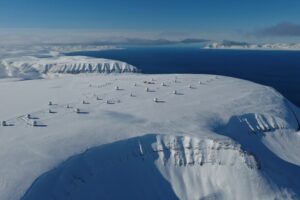
SAN FRANCISCO – Kongsberg Satellite Services announced plans March 16 to establish a dedicated antenna network for lunar communications. “Building and operating networks is our core competency,” Arnulf Kjeldsen, KSAT executive vice president for strategy and technology, told SpaceNews.
Space telescope's image of star gets photobombed by galaxies
Wednesday, 16 March 2022 20:07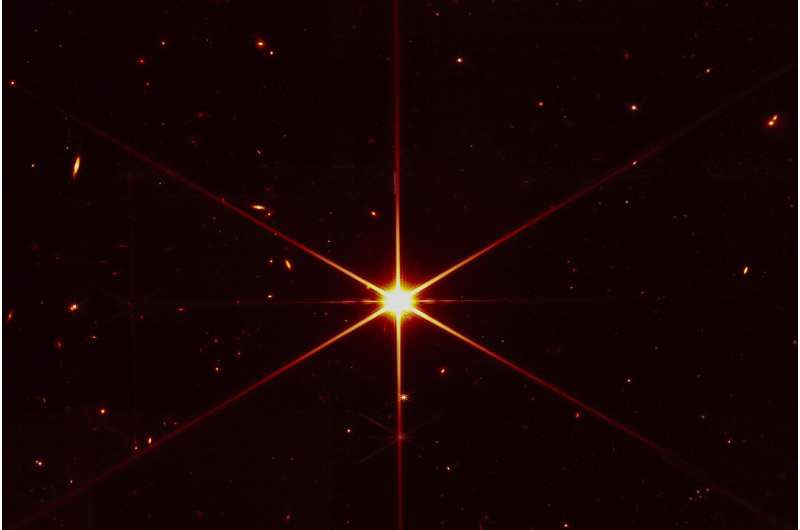
NASA adds giant new dish to communicate with deep space missions
Wednesday, 16 March 2022 17:31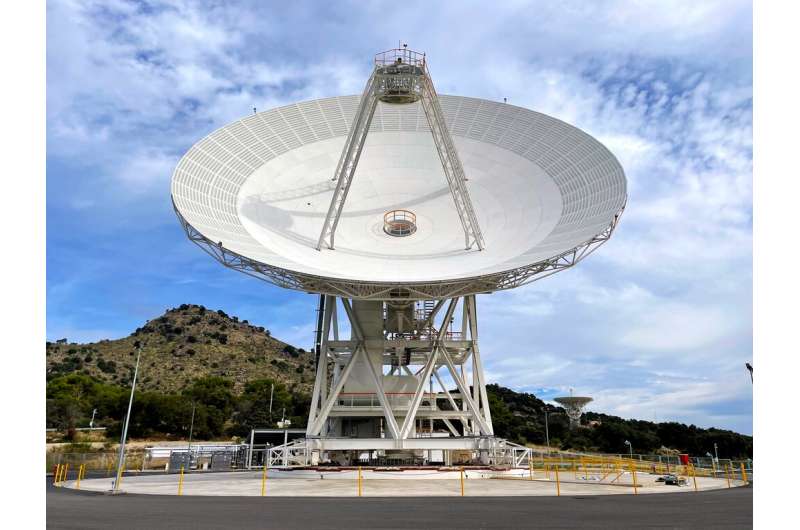
There's a powerful new member of NASA's family of giant antennas that enable engineers and scientists on Earth to communicate with the growing number of spacecraft exploring our solar system.
Called Deep Space Station 53, or DSS-53, the 111-foot (34-meter) antenna is part of NASA's Deep Space Network (DSN).
Boeing’s satellite communications payload for U.S. Space Force passes design review
Wednesday, 16 March 2022 16:38
A satellite communication payload developed by Boeing for the U.S. Space Force has passed a critical design review, the company announced March 16.
The post Boeing’s satellite communications payload for U.S. Space Force passes design review appeared first on SpaceNews.
'Visionary' US astrophysicist Eugene Parker dead at 94
Wednesday, 16 March 2022 16:09
Eugene Parker, a pioneering American astrophysicist whose mathematical prediction that charged particles streamed from stars in a solar wind was met with disbelief before he was ultimately vindicated, has died aged 94, NASA said on Wednesday.
Parker was hailed as a visionary who laid the groundwork for the field of heliophysics, the science of understanding the Sun and its interactions with Earth and the solar system, including space weather.
In 2018, he became the first person to witness the launch of a spacecraft bearing his name, NASA's Parker Solar Probe.
Tomorrow.io weather satellites pass critical design review
Wednesday, 16 March 2022 16:00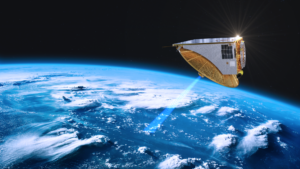
A week after calling off a SPAC merger intended to raise $420 million for a constellation of commercial weather radar satellites, Tomorrow.io said March 16 its two pathfinder spacecraft passed their critical design review.
Webb reaches alignment milestone
Wednesday, 16 March 2022 14:30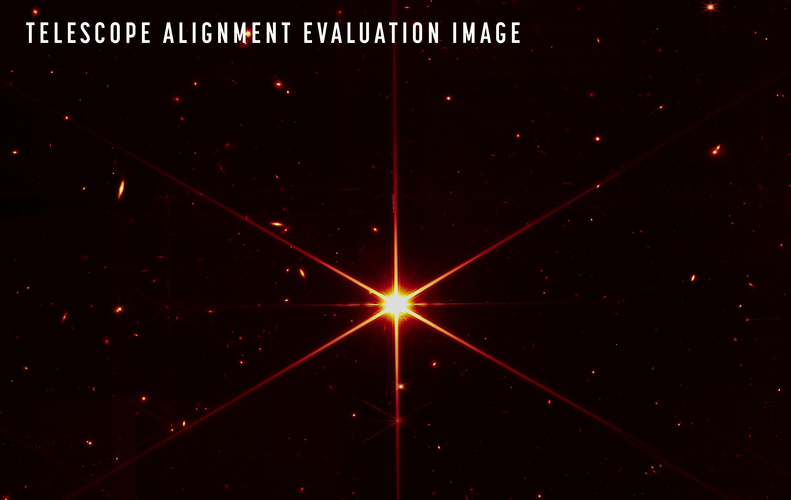
Following the completion of critical mirror alignment steps, the NASA/ESA/CSA James Webb Space Telescope team expects that Webb’s optical performance will be able to meet or exceed the science goals the observatory was built to achieve.
NASA’s Webb Reaches Alignment Milestone, Optics Working Successfully
Wednesday, 16 March 2022 14:12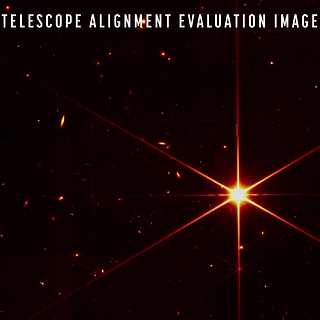 Following the completion of critical mirror alignment steps, NASA’s James Webb Space Telescope team expects that Webb’s optical performance will be able to meet or exceed the science goals the observatory was built to achieve.
Following the completion of critical mirror alignment steps, NASA’s James Webb Space Telescope team expects that Webb’s optical performance will be able to meet or exceed the science goals the observatory was built to achieve. El telescopio Webb de la NASA alcanza un hito en su alineación
Wednesday, 16 March 2022 14:05 El telescopio Webb de la NASA alcanza un hito en su alineación
El telescopio Webb de la NASA alcanza un hito en su alineación NASA’s plant-growing technology could be used to produce food at military bases
Wednesday, 16 March 2022 13:00
Eden Grow Systems and Rhea Space Activity won a Small Business Innovation Research Phase 1 contract to look at possible applications of aeroponic technology to grow produce at inhospitable locations where some Space Force units are deployed.
NASA Mourns Passing of Visionary Heliophysicist Eugene Parker
Wednesday, 16 March 2022 12:14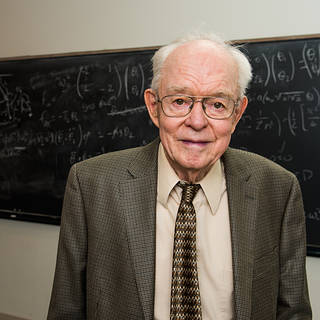 Dr. Eugene N. Parker, visionary of heliophysics and namesake of NASA’s Parker Solar Probe, has passed away. He was 94.
Dr. Eugene N. Parker, visionary of heliophysics and namesake of NASA’s Parker Solar Probe, has passed away. He was 94. 
